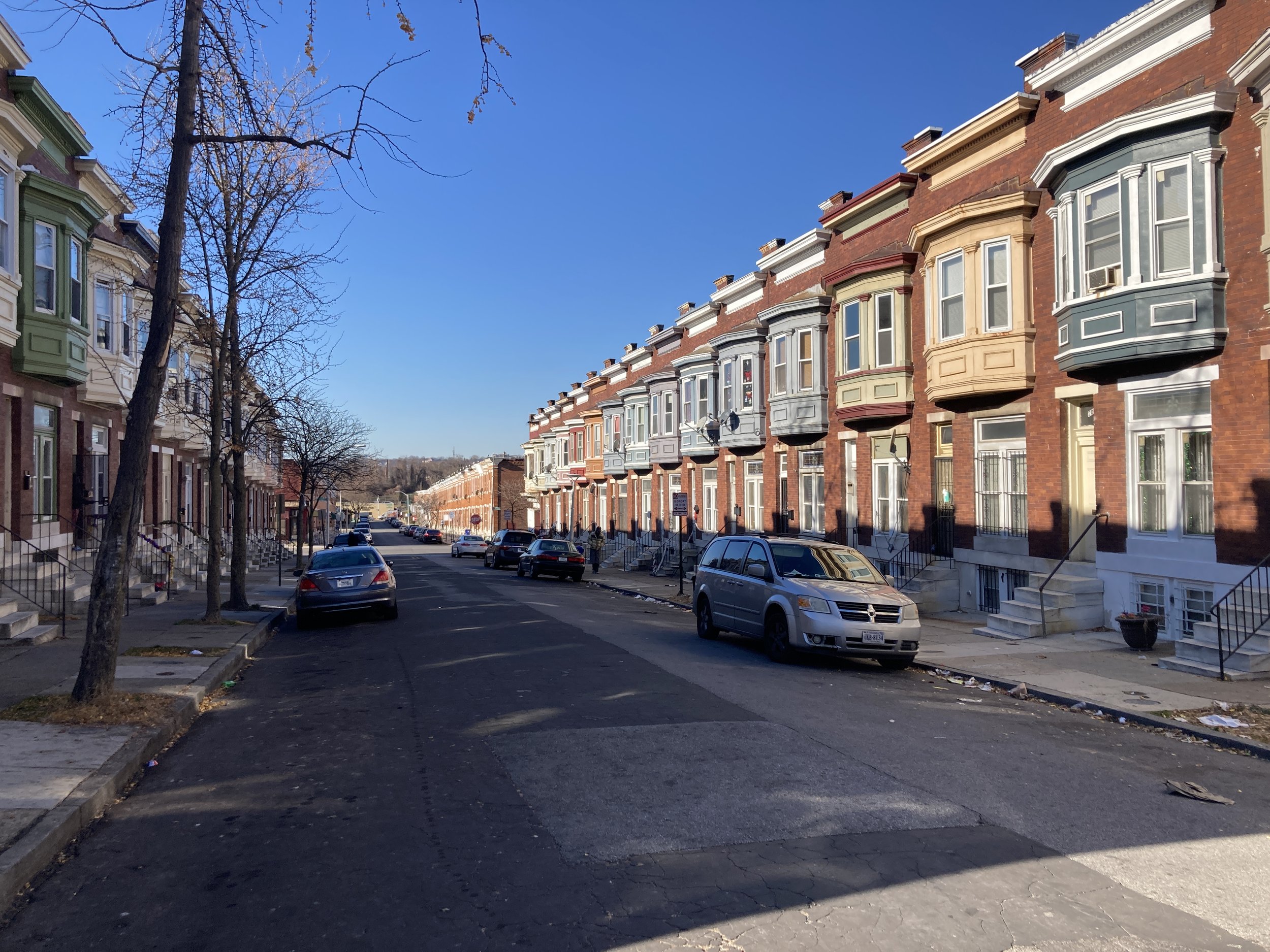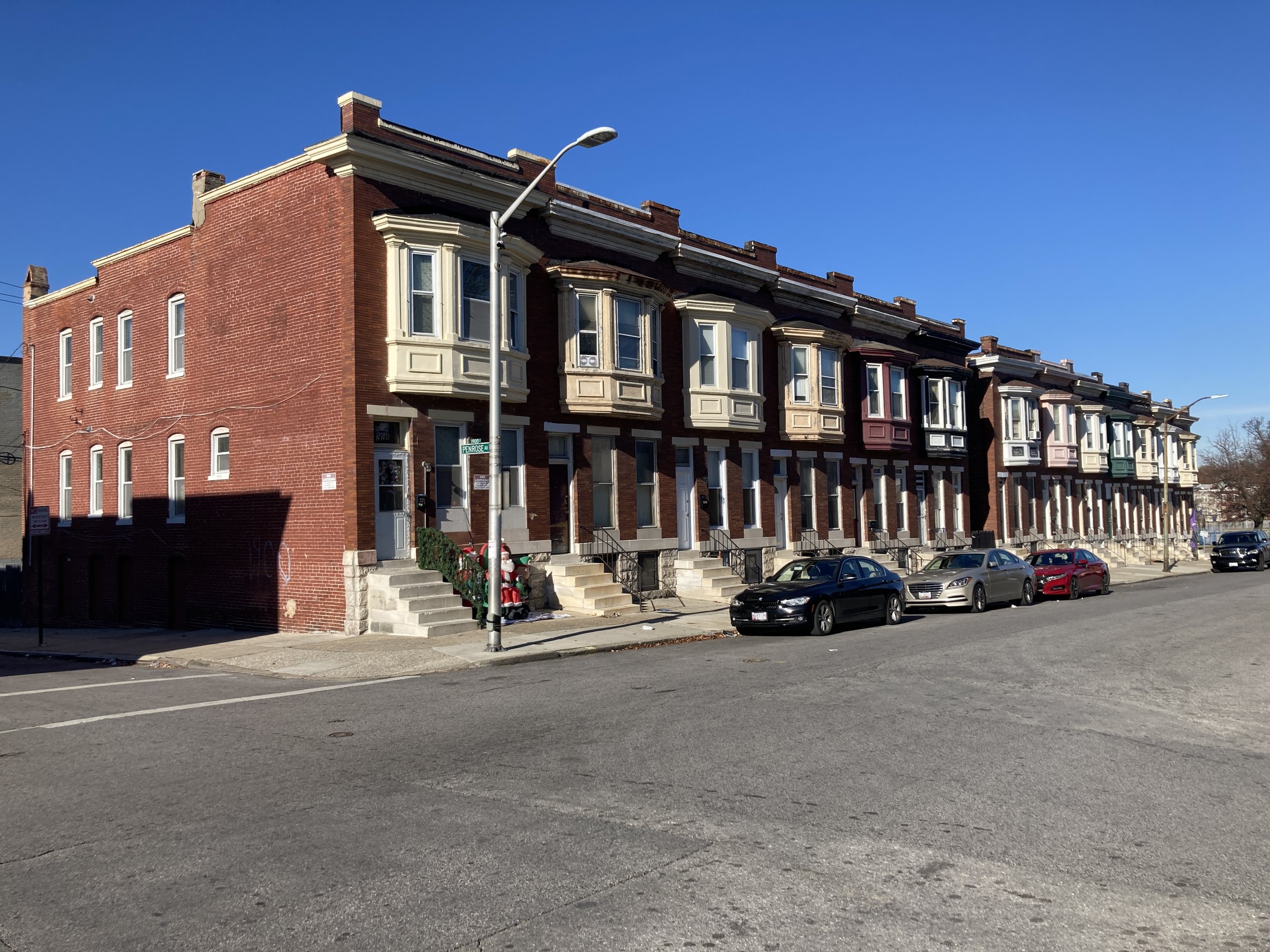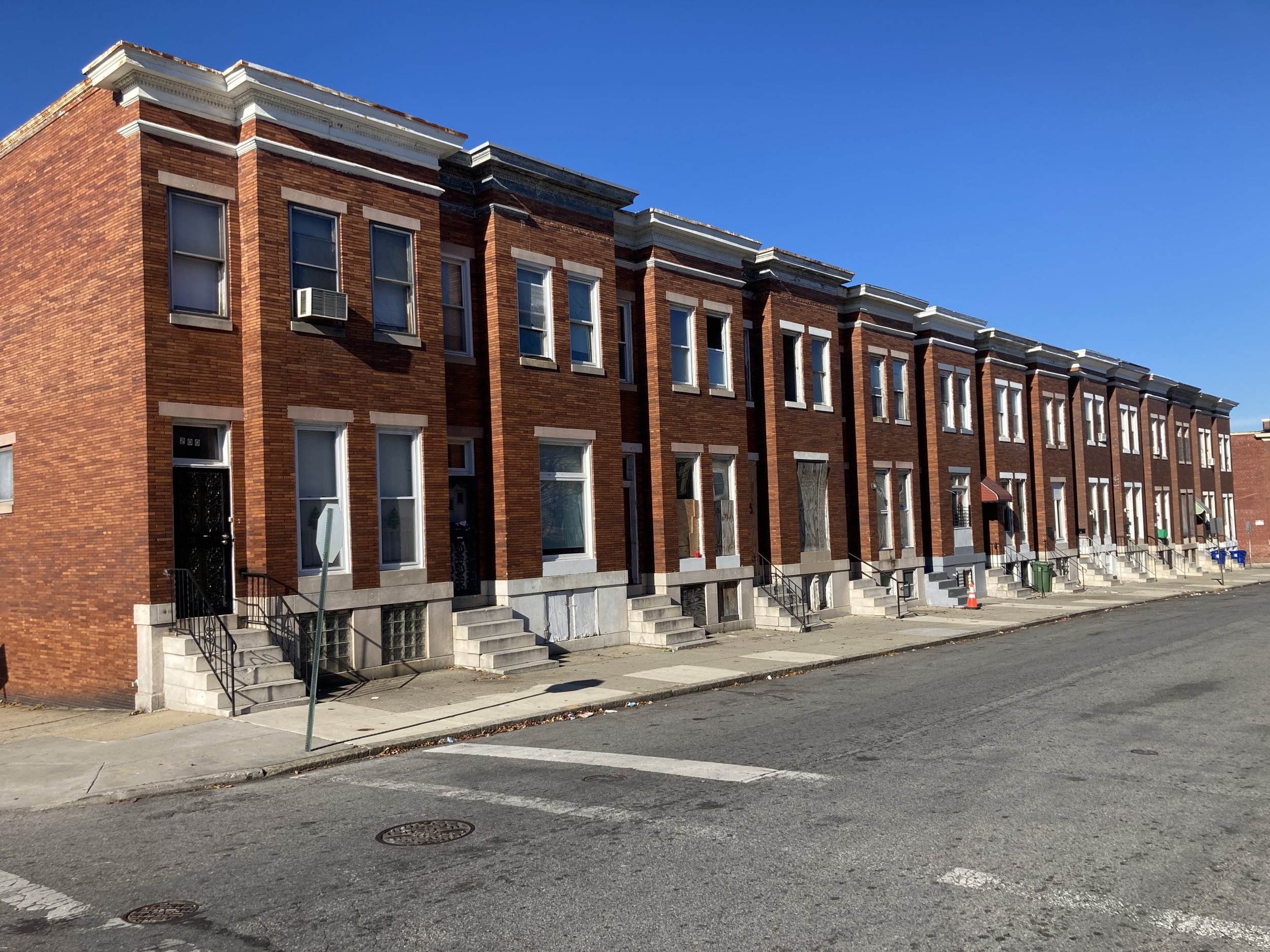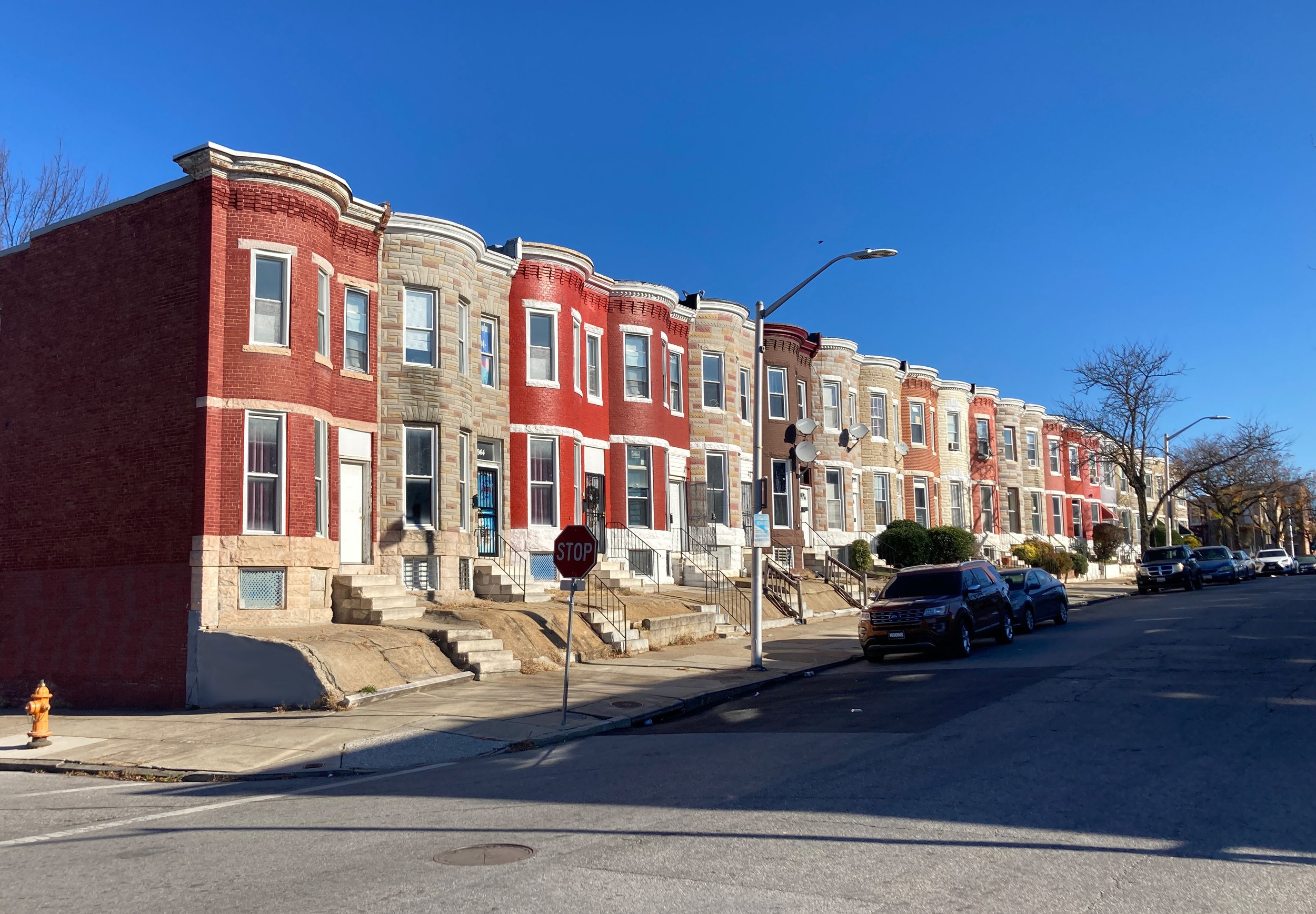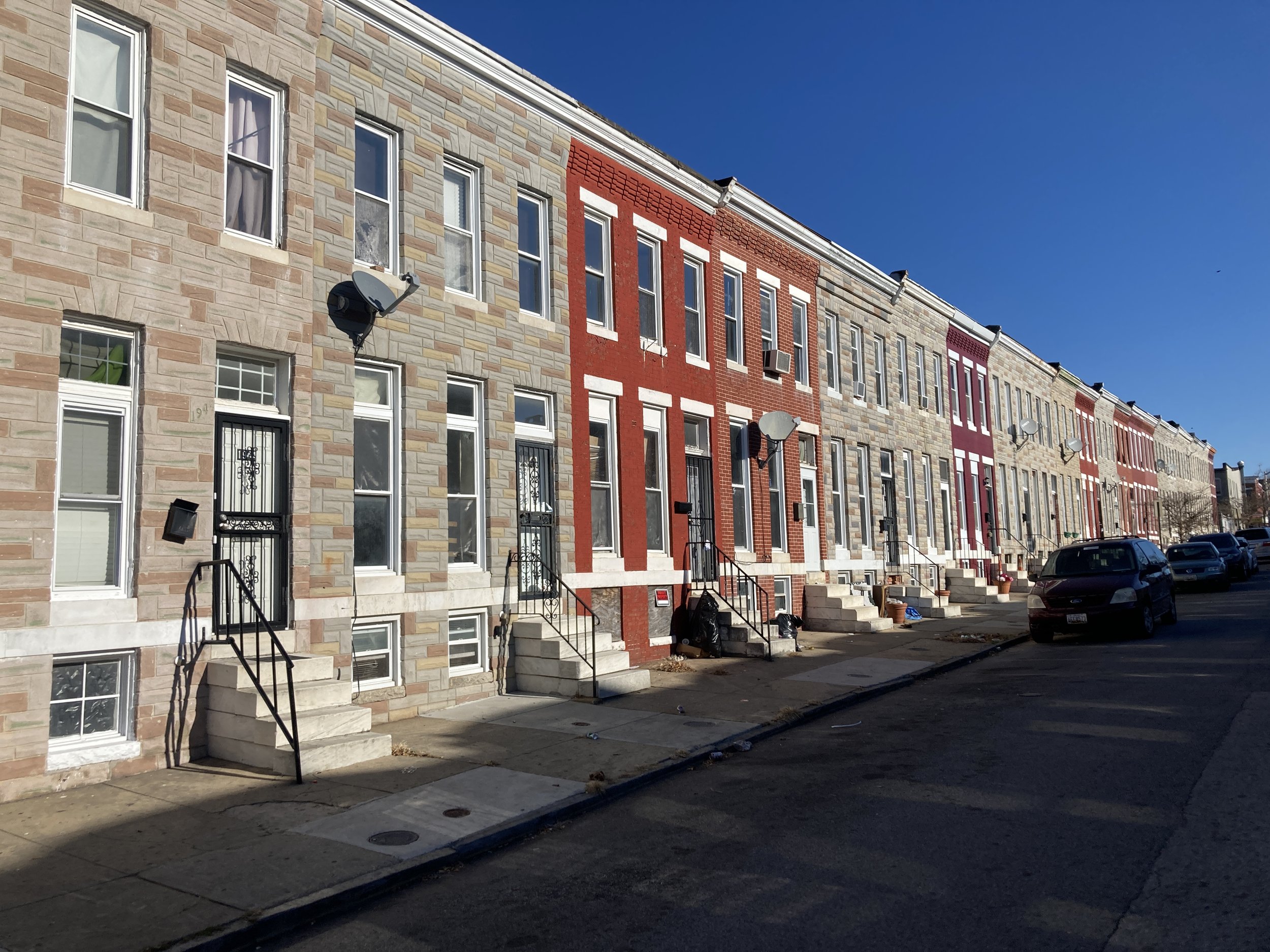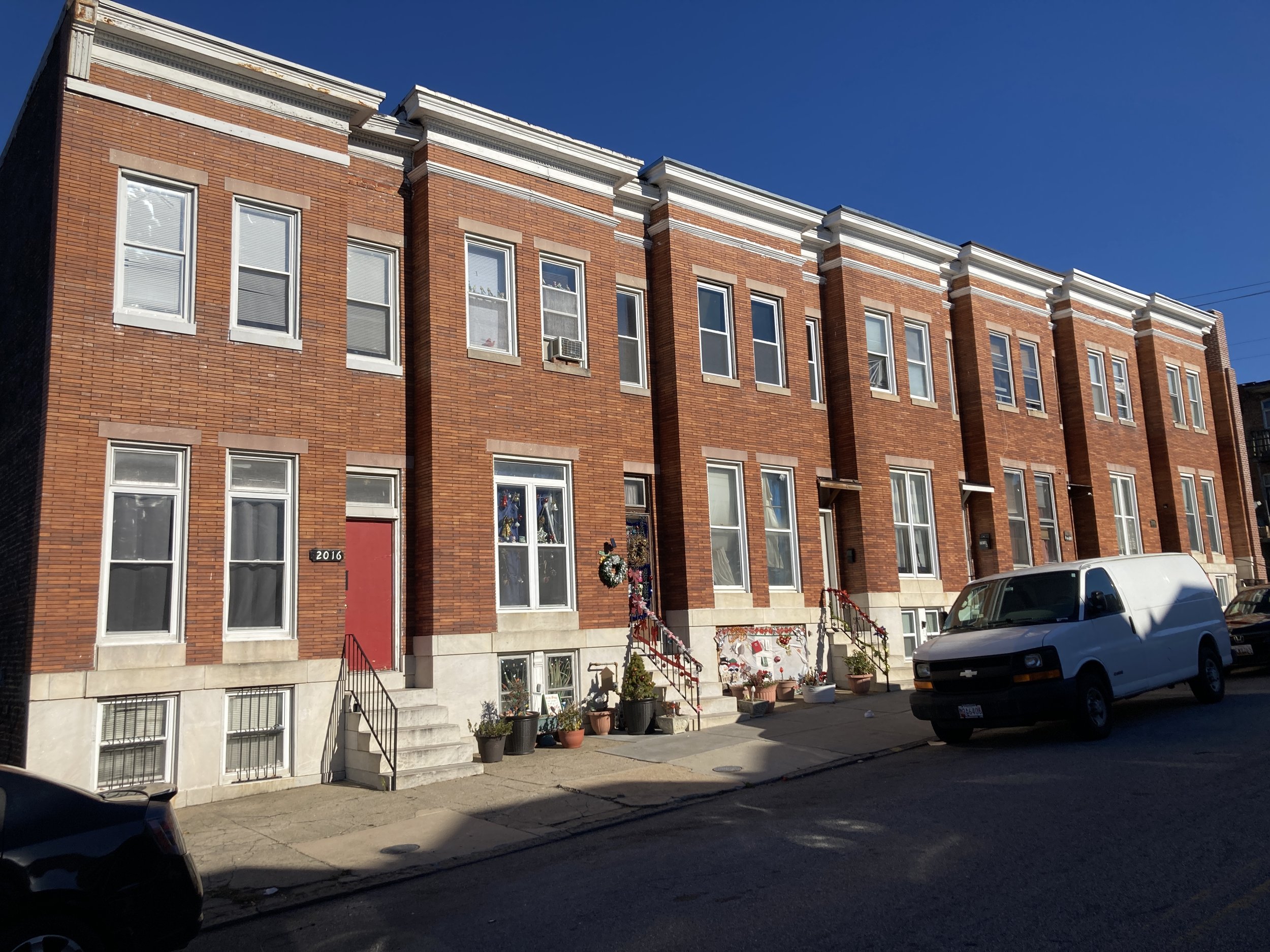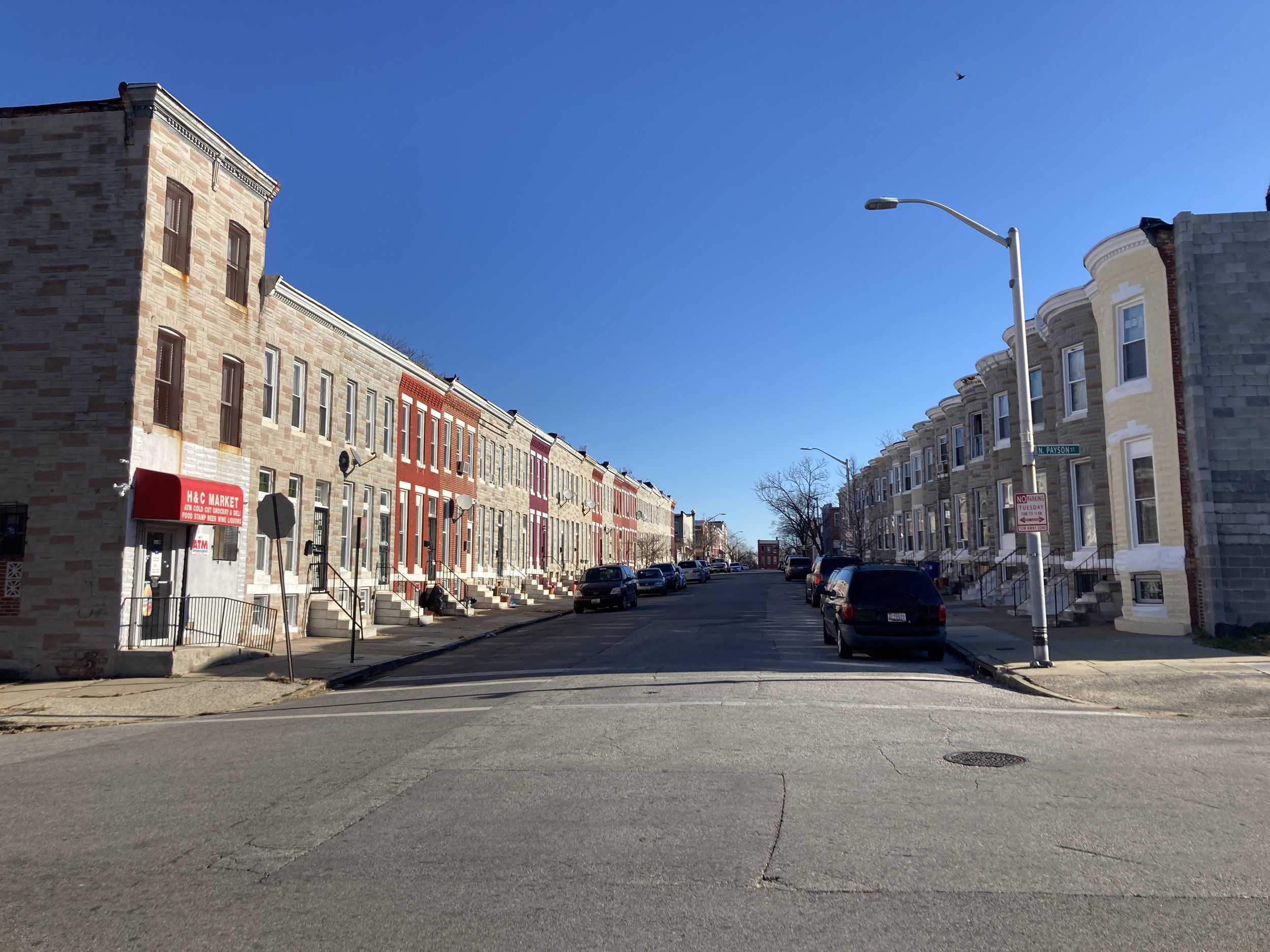AFFORDABLE HOUSING
“Owing to low current property acquisition costs and high vacant property rates, a real opportunity exists in HUB West Baltimore to create a new model of rapid economic development - one with equity and affordable housing at the center of it all.”
Deeply-affordable homes, all within a radius of less than 4 blocks from station. To preserve affordability in a revitalizing scenario and grow the stock of affordable homes, the community needs legislative and infrastructure help from the city, state and the federal government.
The Goals:
Zero displacement in the focus area
Transform 300 vacant properties into affordable housing in the next decade
Focus on affordable-housing ownership in addition to rentals
What’s Needed From Elected Leaders:
(Federal) Cardin Neighborhood Homes Investment Act Passed:
This federal bill - which near-exactly mirrors a state bill passed in Spring of 2021 (HB1239/SB0859) - would provide a 35% federal subsidy to cover the cost of renovating vacant properties and turning them into affordable housing in deeply-affordable areas like HUB West Baltimore. The target of the subsidy would be what’s commonly referred to as the “Appraisal Gap”, or the difference between what it takes to acquire and develop a vacant property, versus what it will ultimately appraise and sell for after renovation in a deeply-affordable neighborhood.
(City) Analogous, Well-Funded “Appraisal Gap” Bill from the City Government:
City Council President Mosby proposed using federal American Rescue Plan funds to revive a “dollar-house” program that would offer $25,000 to a “legacy” citizen renovating a vacant to live in. However, it’s clear for a number of reasons that such a level of subsidy, and the attached qualification requirements, wouldn’t materially alter vacant property development decisions in HUB West Baltimore - the appraisal gap is simply too large, and developers would not be eligible for the subsidy, even if they sold their properties as deeply-affordable.
However, if that same level of funding was instead directed into a program analogous to the HB1239 state bill, that laser-targeted subsidy, in concert with the state and (potentially) federal bills, would move the needle in HUB West Baltimore, likely dramatically - and without a doubt squarely in the direction affordable housing homeownership, since a sale of a renovated property as affordable housing is required for a developer to receive the subsidy.
(City) Overlay Real Estate Tax Increase Limiting Zone for Existing Homeowners:
Rapid, equitable revitalization is the goal of HUB West Baltimore Community Development Corporation, and that starts, first and foremost, with preservation of existing homeowners. There’s only one mechanism that prices existing homeowners out of a revitalizing neighborhood, namely rising property taxes. The city has the ability, however, to address that problem simply, elegantly and in a targeted but transformative way - with a property increase limiting tax “overlay” district, to apply only to existing owner-occupiers in the focus area who are residents on a specified “Day 1” date.
Very simply, the overlay would severely limit tax increases on existing homeowners for a generation. The tax limiting wouldn’t apply to newly-arriving homeowners - although, again, special exception could be made for those incoming homeowners that fall under certain income thresholds. The bottom line: with simple legislation, the city could ensure that 30% of existing homeowners could remain in their home for at least a generation, regardless of how much their estimated property value goes up. To be clear, anything approaching that number would be unprecedented in America for a rapidly revitalizing area. In most neighborhoods in Washington, DC for instance, the proportion of existing residents remaining from 20 years ago - many of them people of color - is under 10%.
Click here for a deeper dive on example legislation and how little such an “overlay” zone would likely end up costing city tax coffers.
In-Depth:
Click here for an in-depth look at potential displacement mitigation measures identified in the Oct 2020 Roadmap Report (Section 7, starting on p.58). Note the Roadmap discusses a wider area than the focus area of HUB West Baltimore CDC - the Roadmap looks at the three larger neighborhood clusters - as defined by the Baltimore City Department of Planning - around the West Baltimore MARC Station (Sandtown-Winchester Harlem Park, Greater Rosemont and Southwest Baltimore)
Further Reading:
- Read the National Community Reinvestment Coalition’s (NCRC) Washington Post op-ed on how revitalization does not necessarily have to push out poor people - there are other successful models. (Update 2020 - Baltimore dropped out of the NCRC gentrification/displacement upper ranks.)
- Listen to Maryland Delegate Lierman speak about the complexity of revitalization and gentrification (~35:00).
- Listen to Parity Homes developer Bree Jones speak about how our Baltimore communities need revitalization, but equally important, how we need to find a way to avoid widespread displacement of people of color (~46:50).

